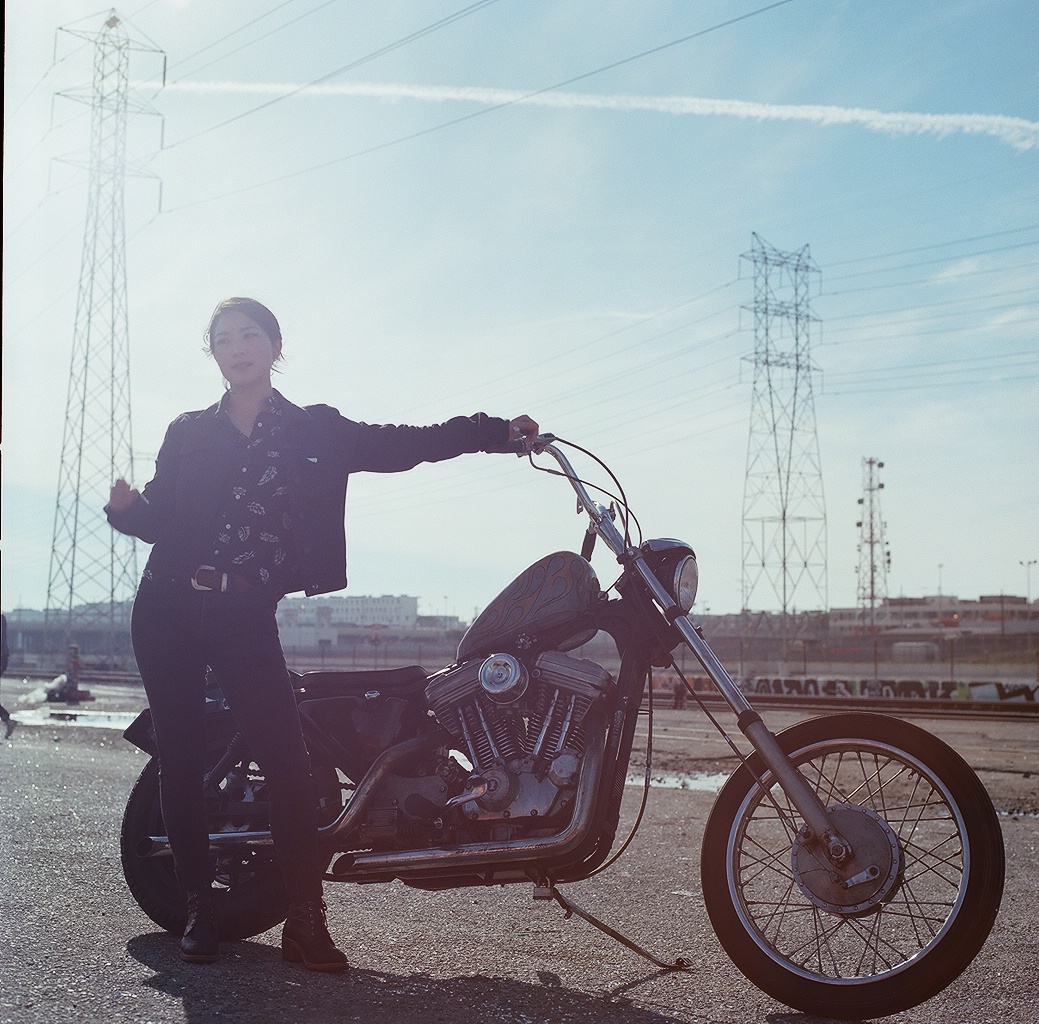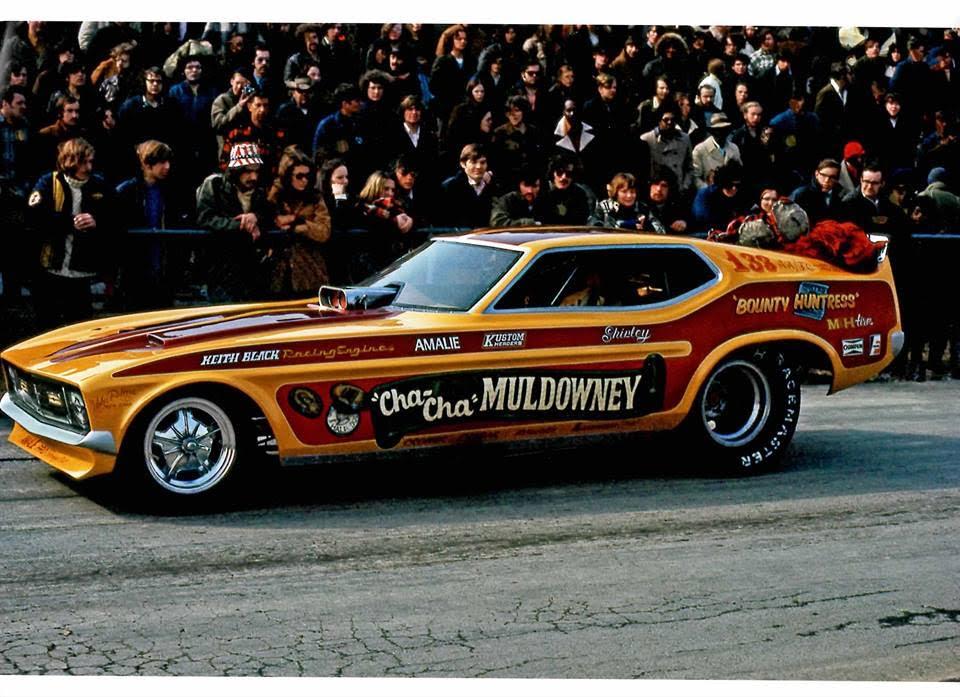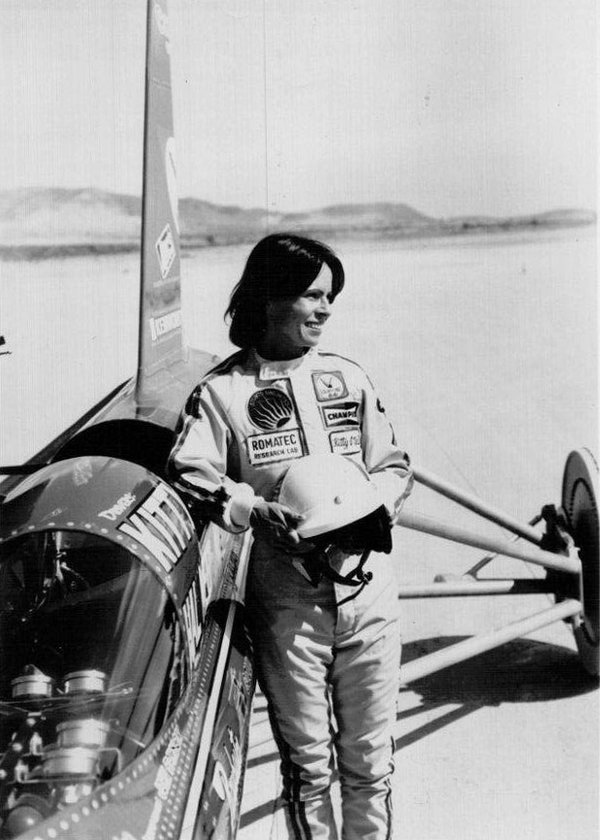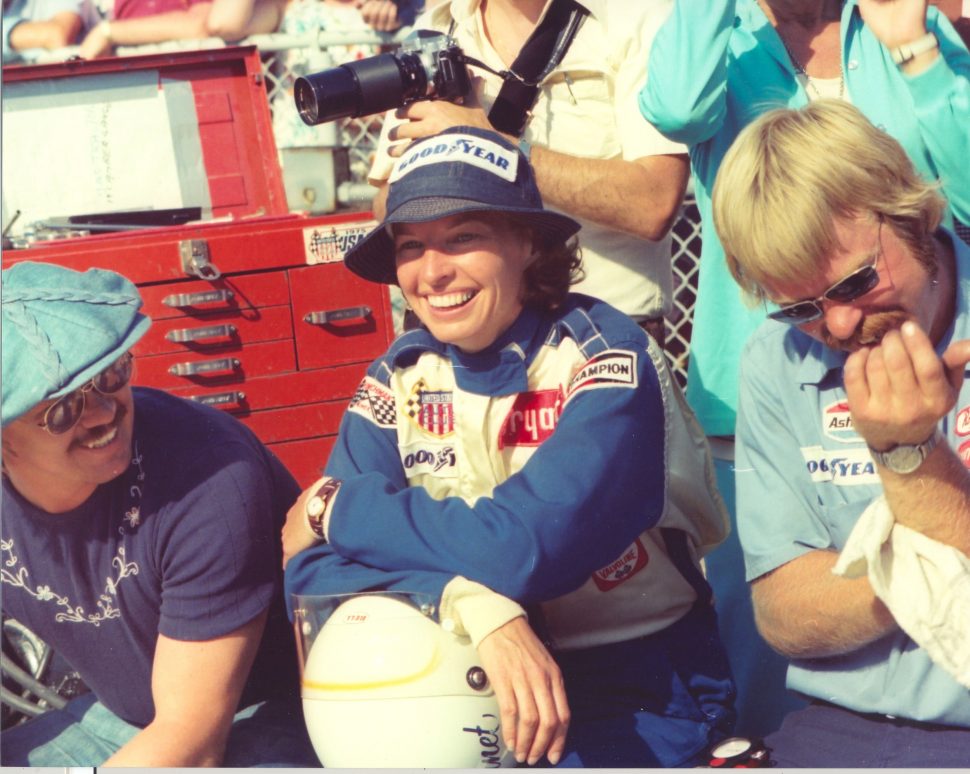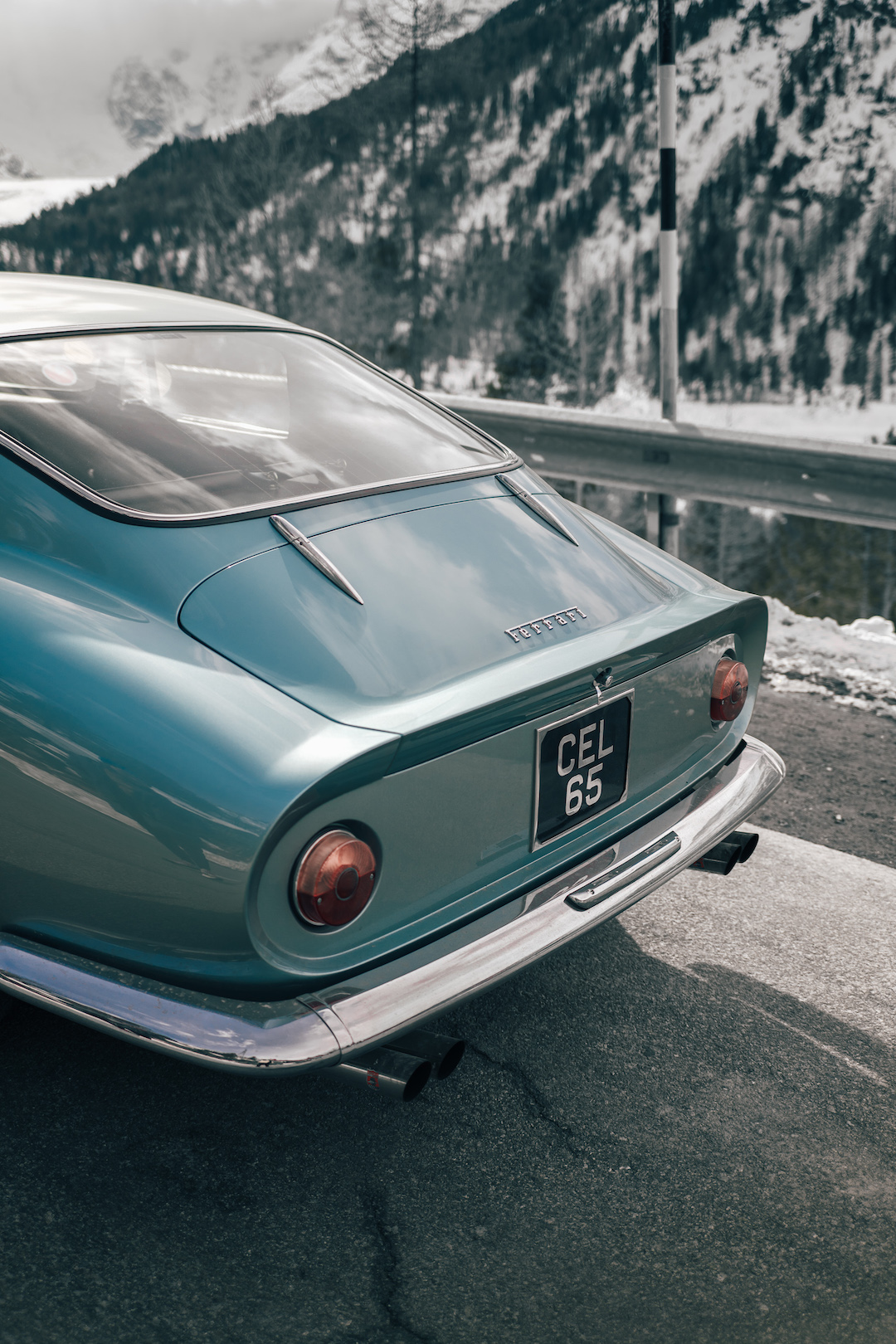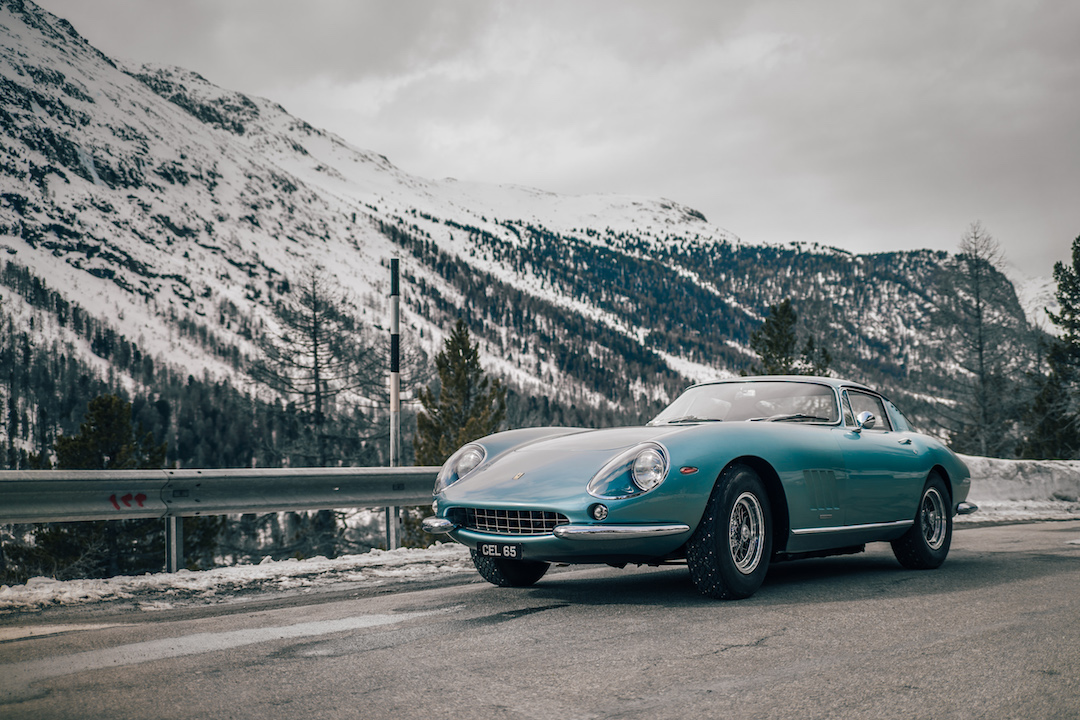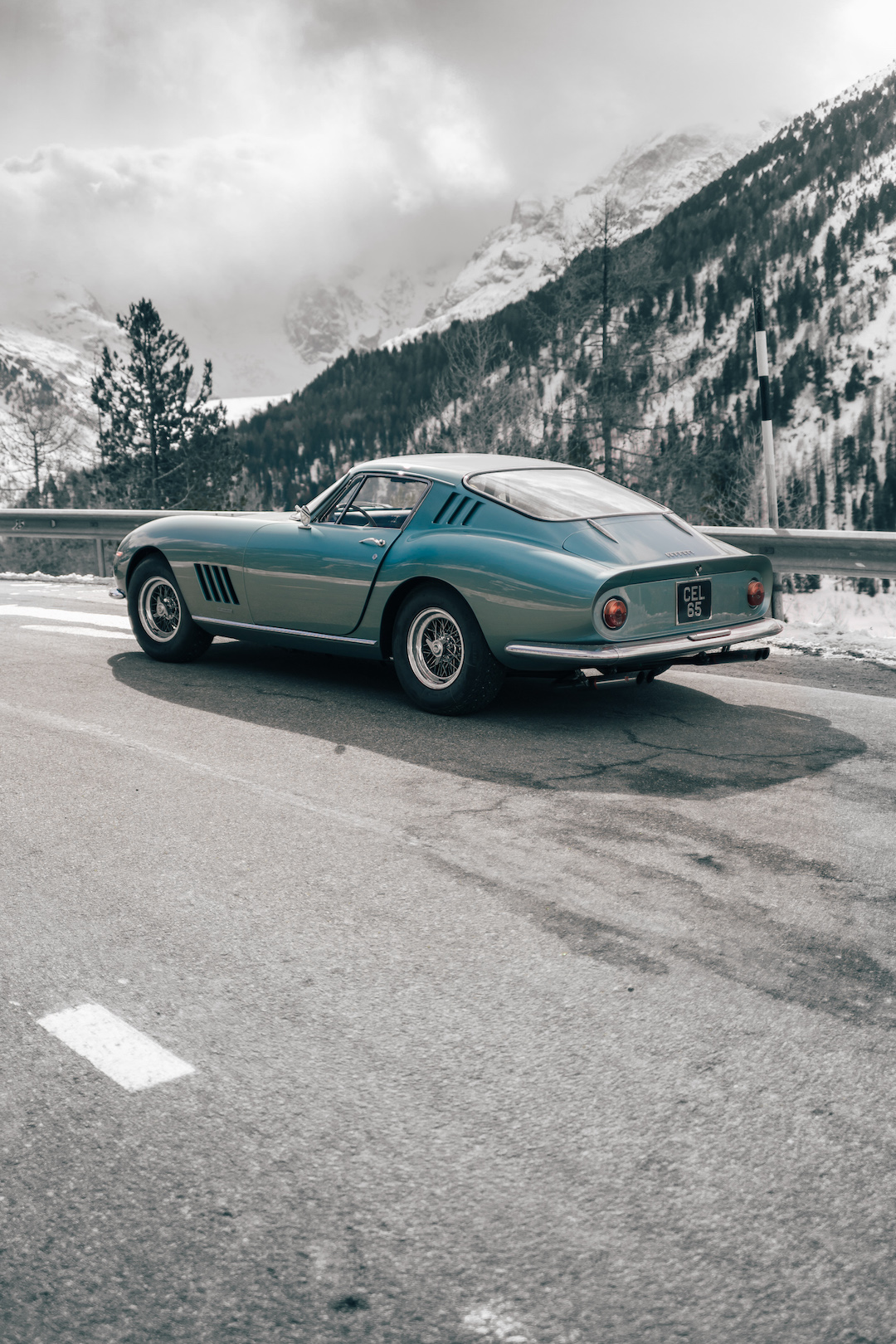"Speed Sisters, a documentary on a group of Palestinian women who have discovered a kind of transcendence through their love of street racing, is coming to your screens next month. Life on the occupied West Bank is no doubt tough, "
How Does it Feel to Drive?
Ferrari x Katarina Kyvalova, Queen B, Mouton and more
Queen B: Normalisation.
Becky Evans is at the forefront of a new digitally inspired generation of women redefining what it means to love driving.
The Influencers
The Women’s motorcycle exhibition
Gallery

Images: Mike Fordham
It’s a rare break in the weather in East London in the middle of February. Becky Evans (aka Queen B) is taking me for a cruise around her adoptive manor in her new F80 BMW M3. “This is my ends, I love it here,”, she tells me as kids rocking hoodies do the double take as they cross the Bethnal Green Road, spying Becky, all butterfly lashes and raven locks, at the helm of her bright yellow Beemer, that turbocharged six humming a bass note along the curb. “But it’s a pain in the arse to have a car like this in town, really”. The 28 year old instagram phenom grew up in the automotive heartland that is Coventry with a dad obsessed with American cars. She now drifts hard for the cameras; she fronts TV formats for Red Bull; she creates car-flavoured content for her own and other brands’ channels. She represents more powerfully than anyone a still relatively elusive woman’s perspective on the creed of the Petrolhead. We manage to get a quick slot with Becky between her work trips to the Gulf and jobs for Puma Motorsports and AMG out at the F1 testing in Barcelona. “I got chased down the M40 last night by a couple of lads in another F80, she tells me. “Seeing someone like me in a car like this might be provocative, I suppose. Whatever…”
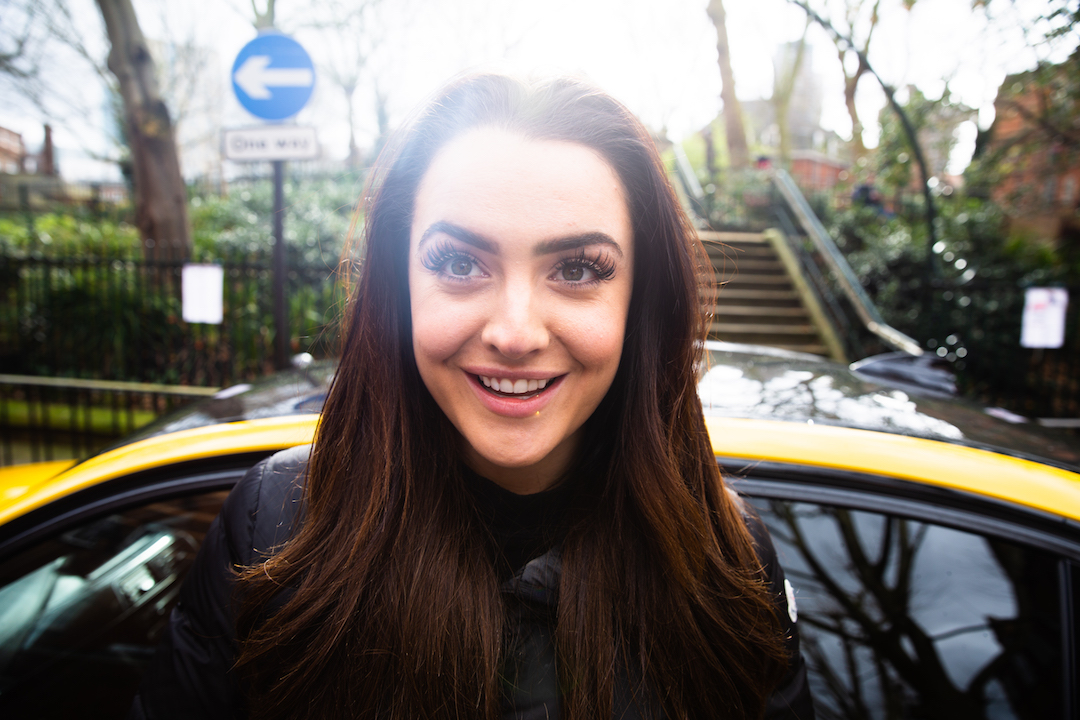
So what is it with you and fast cars?
I grew up around drag race cars, custom cars. It was part of my life right from the beginning. I always feel like a car is an extension of a person’s personality. That was definitely the case with my dad and I guess he passed that on to me. He always loved classic American cars, big finned motors like the ones in American Graffiti. The one in particular that really stood out for me was a ‘59 Chevy Bel Air. Dad just loved it. And I did too. We all had our own car fetish. My brother had the Japanese thing, I’ve always had a thing about the Germans. Anyway, the older I go the more I could indulge myself more and more in speed. Whether it was track days in cars or racing motorbikes it all became an increasingly important part of my life. It’s no surprise really as it’s been a community that I have been involved in from a very early age.
Was there a particular car that first captured your imagination?
The first time I really thought cars were truly special was when he bought that ’59 Chevy It was his little piece of heaven, and he adored it. On a Sunday, we would get in it and drive out to Auntie Ruth’s, which was this greasy spoon café out on the A45 near home. We’d just cruise there, me and him. It was bliss. I must have been sixteen and I was like ‘wow’. To have something, to own something like this would be just a little bubble of bliss. That’s what my cars are to me now, little bubbles of bliss. But my first car was a White 2003 Mk 4 Volkswagen Golf. Three doors, white, air con. She was an absolute peach. And I had a white car before it became very popular. But, as a teenage girl, I didn’t see any sort of career path with any sort of thing to do with cars. And to be honest, never in my wildest dreams did I think it would end up the way it has. I just thought that the whole car thing would be just a hobby, but not anything that I could earn a living from. And that was cool. It was only when I came down to London and started working in PR and marketing, when I saw this was this seismic shift toward the importance of the influencer, that I thought there might be an opportunity to do what I loved and earn a living at it too.
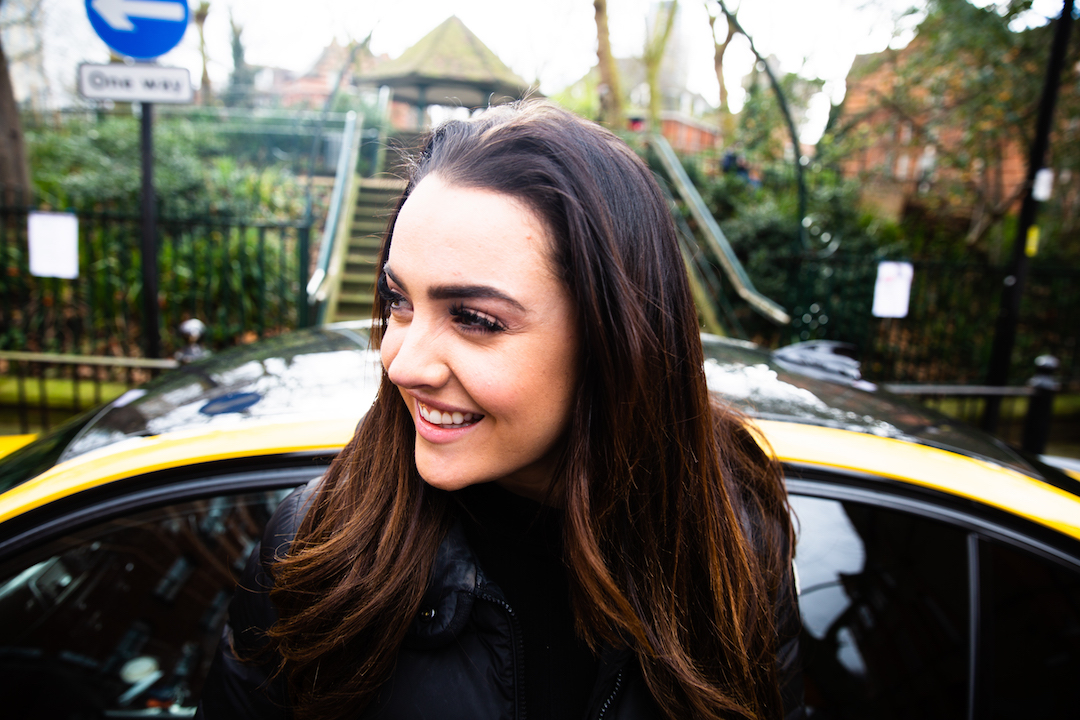
How did it all happen?
I came down to London and started working in marketing and PR; my job had been identifying all these people who were doing interesting things online. Print was dying, online was growing, and we were looking for people who could get traction for these brands. I thought I could flip things on its head and bring my own interests into the frame. At the time there were only like four guys really killing it online in automotive – and there was no female voice at all. We all know that we make up 50% of the population, so it was time to jump. I had been having a fun time on my Instagram, but it was just me on my own. I have a theory on normalisation. Basically: if there was more of a certain kind of person doing something, if you saw it more and more, then it becomes normal. It stops being this kind of anomaly. It’s a simple problem of representation. There’s always been girls into cars, but there was never really a spotlight on them, apart from being draped on them, perhaps. Social media has enabled people to see them. It is a bit of a thing, you know. Cars and Girls, you know, it’s a typical male thing, chucks and Harleys etc… It’s been crazy because the 1983 BMW I’ve got was starting to pop off. I was going to car shows and things like that and the world hadn’t really seen a chick turn up in a mint air-bagged E21 with RSs and stuff. I would say that the reason I’ve been able to be prolific in my area is that whole thing of shining a light on things. If you put yourself front and centre and spotlight yourself doing cool stuff in cool cars, then people start to take notice. It’s just that I was able to seed the content in a certain way and get the message out there to people. There aren’t, unfortunately, that many people like me talking about cars and that’s a shame, because cars are for everybody. We need more women shouting about the kinds of things that they love, and the more people like me do that, the more it becomes normalised, and therefore it’s easier for another generation of women to get their stuff out there.
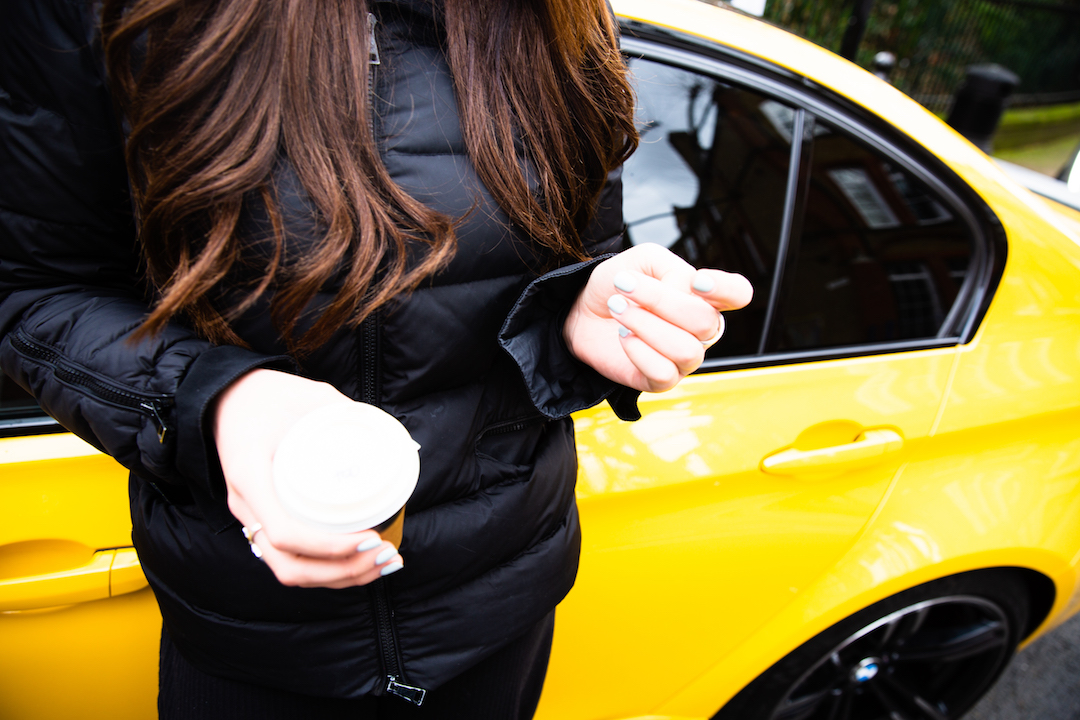
What’s the future of the industry and how does it affect your passion?
First of all, EVs are happening: they are the wave of the future and so we all have to get with the program. I may one day be able to be passionate about electric cars, but not right now. At the rate we’re trying to implement the transition to electric cars is too quick. We’re just not ready. The infrastructure is simply not there to make it work on a mass scale. Things like the Ludicrous versions of the Tesla cars are incredible. But there’s something about the lack of soul in these cars. Where’s the passion driving different cars? Where’s the differentiation, like when you’ve got an inline six engine or a V8 or a four-pot? These are the things that give our cars their different characteristics. When you’ve just got one motor, literally an on-or-off power source, the character is lacking. Plus, I don’t see the authorities clamping down on aviation or on logistics in the same way that they clamp down on the car industry. I’ve never had a go in an electric car that I have really enjoyed. It’s really just the implementation of electric cars and the infrastructure that confuses me…
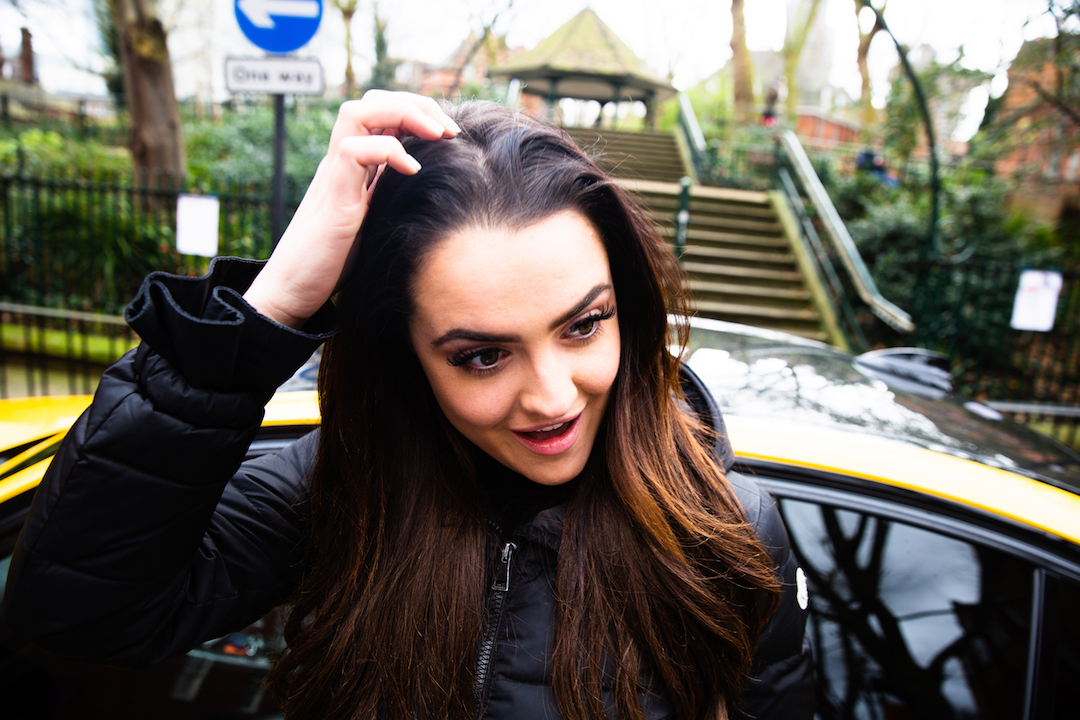
Ultimately, what is the act of driving for you?
Driving for me is freedom and peace of mind. It’s time for me alone. It’s my headspace. And the thing about BMWs is that they are just sick cars. They look great. They drive great. I’ve got an old school version. I’ve got a new school version. The only common thread between the two is that they are both three series and they are both rear wheel drive, and that’s about it. One is a beast and one is a cruiser. This F80 is on the journey to being tricked out. I’m taking it on the track later this month.
But I love them both equally the same. I just want to spend as much time as I can in that little bubble of bliss…
The Influencers
Women have always had a visible presence in car culture and motorsport. And it should be no surprise. Here are a fistful of influential women from the past, present and future who have helped create car culture as we know it…
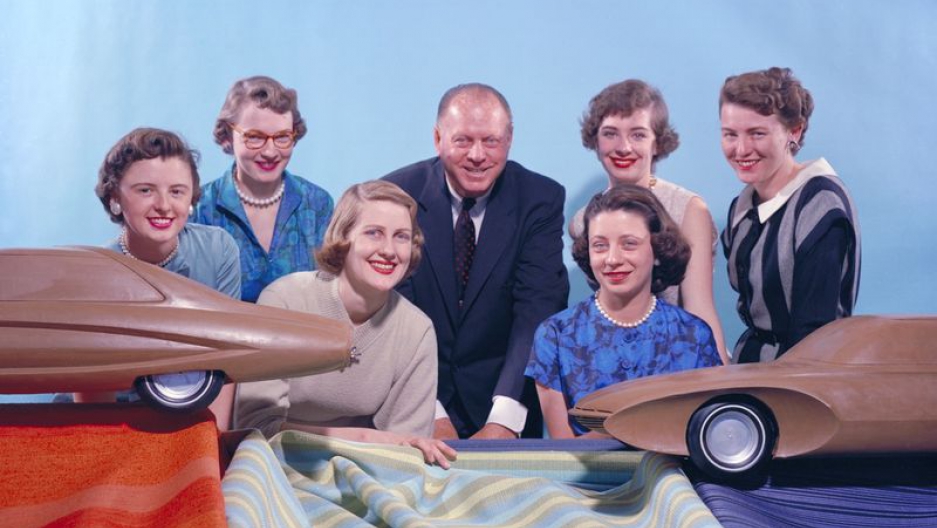
Image: Courtesy GM
The Damsels of GM Design
Harley J. Earl was the vice president of design at General Motors in the mid 1950s. He had a vision. The chrome clad postwar boom had put fast bucks in the hands of American families. And he realised that women were at the heart of that totemic nuclear unit. He saw that women’s consumer choices would be the most powerful influence within the buying power of the American family. In an unprecedented move at the time, he introduced a group of female industrial designers into the art of the GM R&D design department. They became known as “The Damsels of Design.” Understandably, these women loathed the patronising nickname, and they were used as model-like promoters of product as well as designers. But Earl’s vision, nevertheless, had lasting impact. One of the “Damsels”, Helene Rothe, became officially the first GM-salaried member of the styling team, and went on to pen instrument panels, hardware, and seat construction for mid-century Cadillacs. Suzanne Vanderbilt, meanwhile, stayed at GM for 23 years and became senior designer. But more generally, this was the first time that it was recognised how important it was that women were drawn into the conversation around what constituted good design in the automotive industry. “We particularly enjoyed proving to our male counterparts that we are not in the business to add lace doilies to seat backs or rhinestones to the carpets…” said Vanderbilt recently, “but to make the automobile just as usable and attractive to both men and women as we possibly can.”

Image: Courtesy GM
Roz Prior: Drag Racer
Story goes that Roz Prior, who was the darling of the British drag strips of England in the 1970s, arrived in the cockpit by accident. Apparently, in the summer of 1973 her husband Dave had bought a Hemi-powered front-engined slingshot dragster called ‘Age Machine’. At the first car’s debut race meeting he discovered that the driving compartment was simply too small for him to race comfortably and safely. The following weekend at Santa Pod Roz slotted in comfortably and courageously in the driver’s seat. By the end of that first summer she was running 9-second quarter miles at 155MPH – and had become a firm favourite with crowds at Santa Pod and other English strips. By 1977 Roz had moved up to the premier-league Top Fuel division and was running a rear-engined beast, rather predictably given the moniker called ‘Maneater’. But this was no token female trading on novelty and good looks. She competed neck-and-neck amongst all comers for five or six seasons and recorded a stunning best quarter mile time of 6.42 seconds at 213 MPH. This stood as an elapsed time record for a female driver for 20 years.

Images: Motorsport
Michelle Mouton
Michelle Mouton is one of the most successful women in the history of motorsport She was born and raised on the fragrant French Riviera and exposed from an early age to the love of the spirited drive, learning to pilot her dad’s 2CV around the local twisties when she was a teenager. In 1971, at the age of 20, she was asked to co-drive for a friend at the Tour of Corsica. Supported by her petrolhead father, she soon switched to piloting and debuted in 1973 at the Rally Paris-Saint Raphael Femenin behind the wheel of the beautiful Alpine Renault 110. In 1974 Michelle made her debut in the World Rally Championships and became both the French and European Women’s Champion that very year.
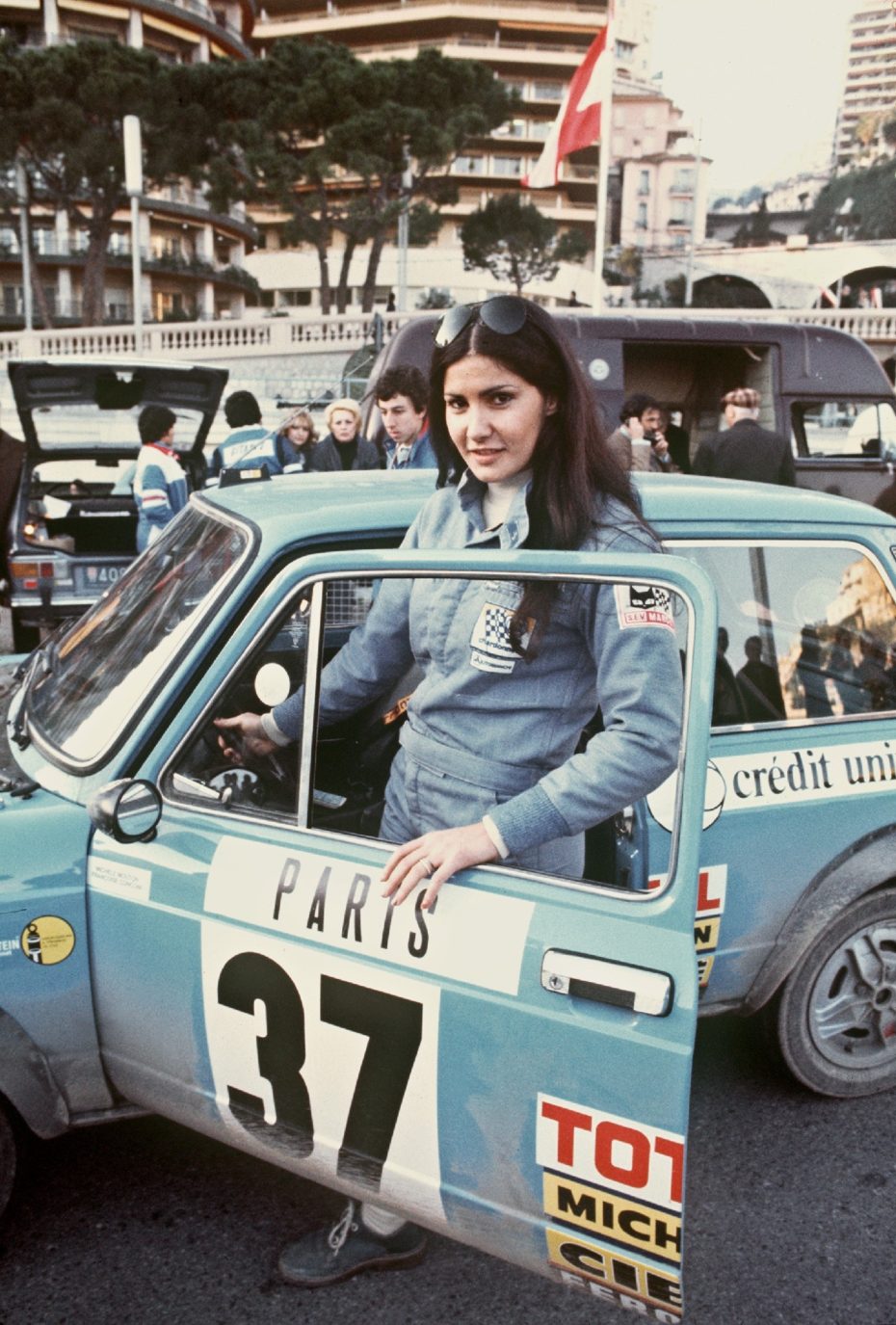
But she’s perhaps remembered best for that gorgeously bonkers Group B era – in which she piloted monster Audi Quattros to consistent points finishes alongside teammates Walter Röhrl and Stig Blomqvist. But Ms Mouton’s real legacy is as spokeswoman at the upper end of motorsport’s global establishment – and in proving that gender is no barrier to all kinds of automotive success.
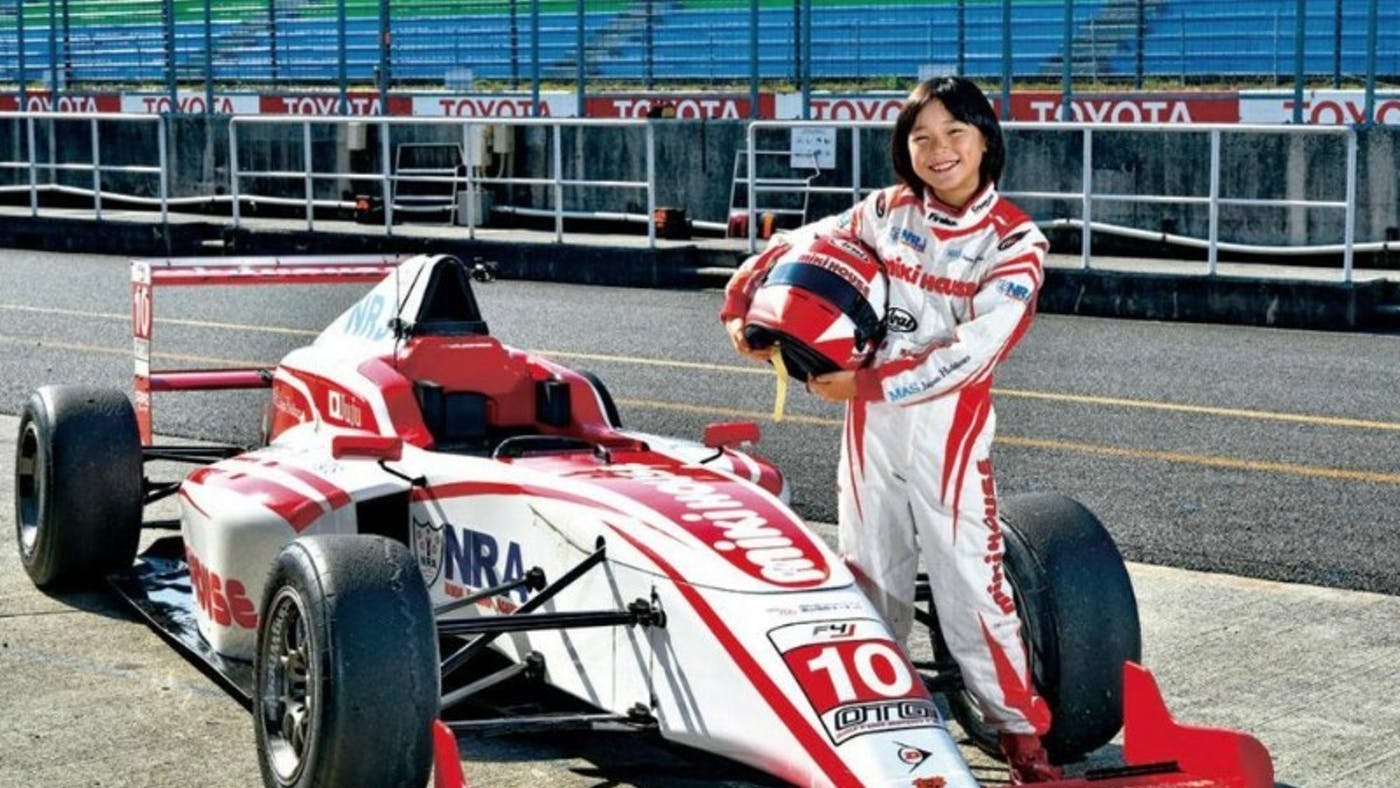
Juju Noda
The 14 year old daughter of Japanese ex F1 driver Hideki Noda, Juju currently holds the Formula 4 lap record at the Okayama International Circuit. She is already setting lap times in Formula 3 practice, though she is currently still too young to compete officially. Having competed in Karting since the age of 3, she is known as being a prodigy behind the wheel, with many predicting her to be a winner of races in Formula 1. If she does, she would become the first woman since Lella Lombardi finished sixth in the 1975 GP to take home the first female points in F1.
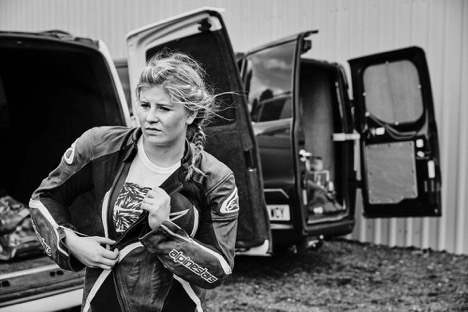
Leah Tokelove
The long time INFLUX collaborator Leah is one of the pioneers of female Dirt track racing. We first met her when she was in her mid-teens at the early Dirt Quake competitions, where she showed a committed style and aggressive racing attitude that has carried her through the ranks of oval racing and seen her getting more and more profile all over the racing planet. Now riding and racing for Indian, she has been successful in the early Hooligan class, and regularly slots into podium finishes shoulder to shoulder with all comers. Collaborating with Sideburn Magazine, VCMC and running her own Dirt Track riding school, she has become a real inspiration for young British women looking to discover the joys of motorcycling.
The Women’s Motorcycle Exhibition
LANAKILA MACNAUGHTON
The Women’s Motorcycle Exhibition is a long-term documentary project and travelling show created by Portland-based photographer Lanakila MacNaughton. “Women are becoming more visible within bike culture, especially in the alternative and custom scene”, Lana tells me down the line from Oregon, “but these women are still pioneering new voices and images within their communities”.
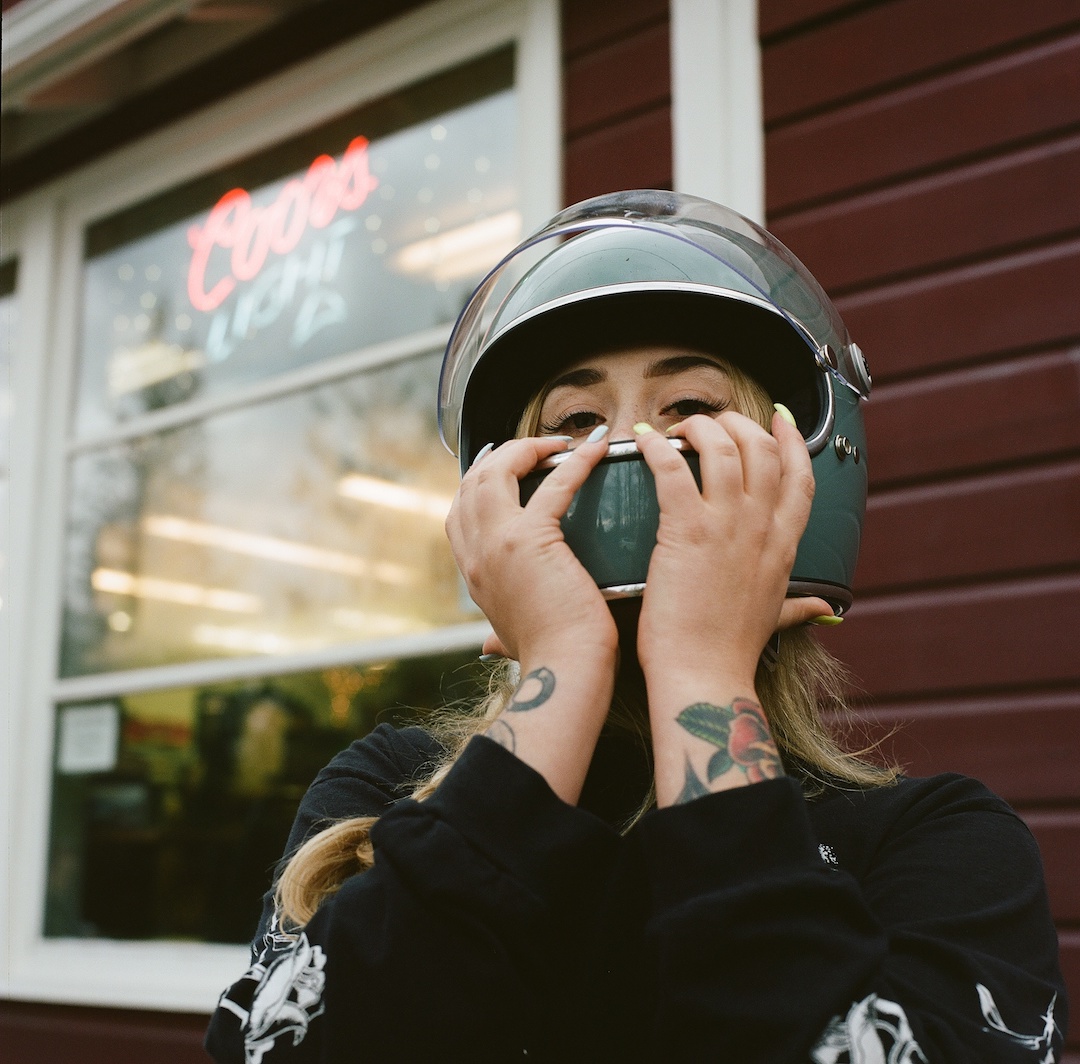
‘Cars and girls’ has always been a powerful phrase within the culture – stick women in the mainstream imagination around motorcycles and there are even more confusing messages. Lana’s work poses questions about what we think of when we think of women and motorcycles. “The show is a vehicle to promote new perceptions of female empowerment. I hope it inspires independence and liberation through motorcycling,” she says.

Having launched in 2013, the nature of the project has shifted as the culture has changed around it. “It’s gone from being a US-focussed project, to one that’s much more global,” she says… “I’d like the work to present female riders from all different communities, riding backgrounds, styles – and for it to influence connectivity among riders from these different areas.”
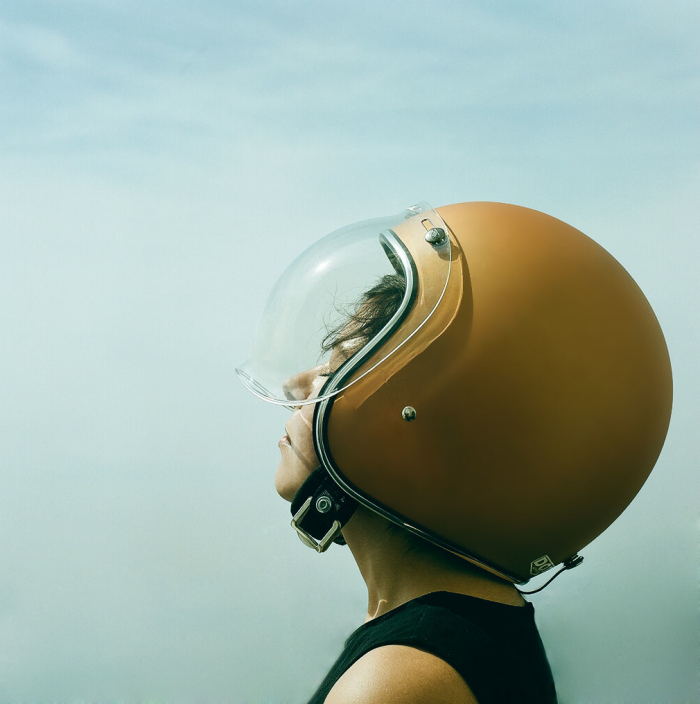
For so long imagery of women and motorcycles has been presented through a thoroughly male lens, with suggestive one-dimensional sexuality and images and phoney retro-images of rebellion and danger thrown into a corny mix. Glance at these images and you might miss the subtle differences in the way these images are shot. “The project aims to change the way women are perceived, not only in the motorcycle world, but in society in general,” she says, “I invite different communities and venues to host the photo exhibit to aid in this discovery.” There remains a nugget of truth at the heart of every cliché: at the heart of the appeal of motorcycles is an uncomplicated principle: freedom. It’s a timeless appeal – and it transcends gender stereotypes.
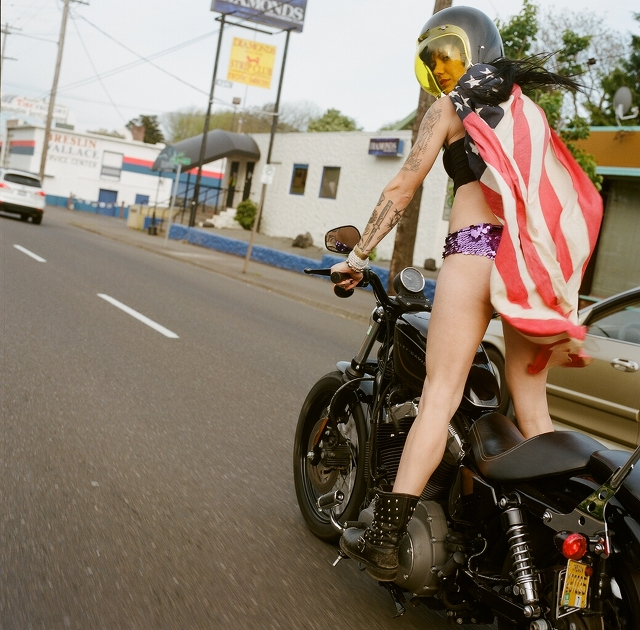
CLICK TO ENLARGE


